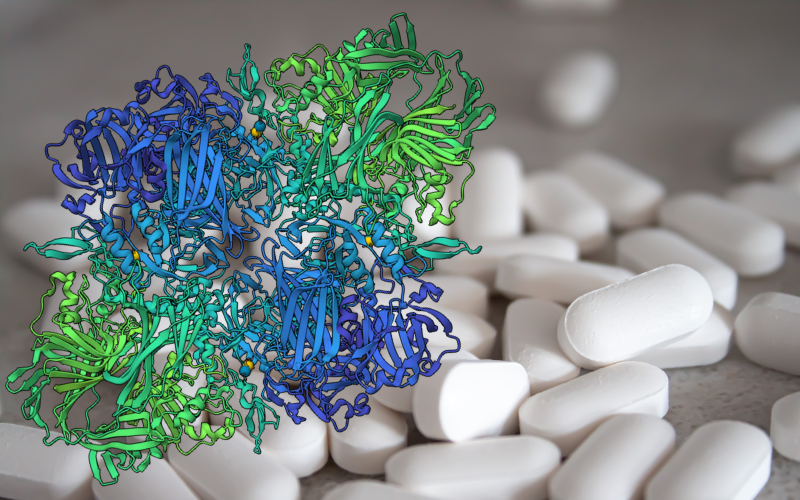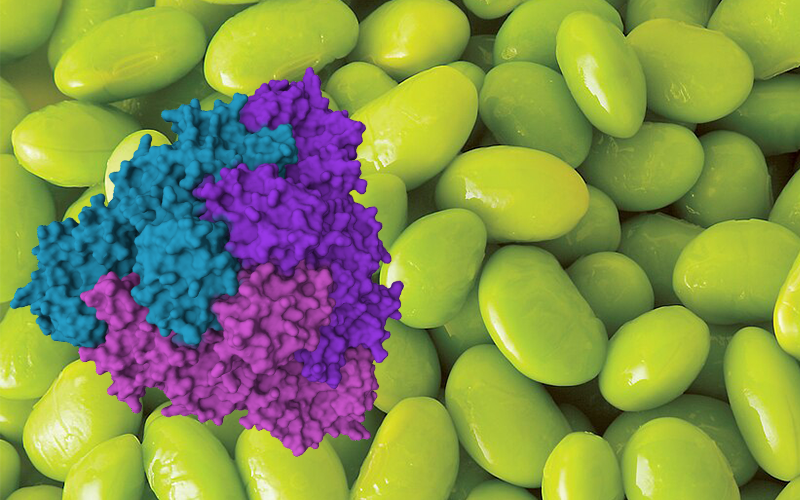Nature’s body builders: explore the fascinating world of proteins Inspire article
Dive into the science proteins, the remarkable macromolecules that literally build our bodies, and explore the vital roles they play in our lives.
Proteins play an important role in almost all biological processes by providing structural support, catalyzing biochemical reactions, and transporting molecules from one location to another. As the main output of our DNA code, proteins are responsible for manufacturing or assembling almost all the other components of our bodies, and the same holds for all other living organisms, from bacteria to insects to trees.
Each protein has a specific 3D shape or conformation, which is key to defining its function. This means that one of the first steps in understanding how proteins work is solving their structures in detail. Understanding protein structure and their mechanism of action also has obvious applications in medicine, specifically in understanding and treating disease, but the importance of proteins is not limited to medicine. Their unique properties can be useful in many fields of basic research and they also have industrial applications, from the familiar example of laundry enzymes to their use as sustainable catalysts[1] for chemical synthesis or to address environmental challenges[2] like pollutants.
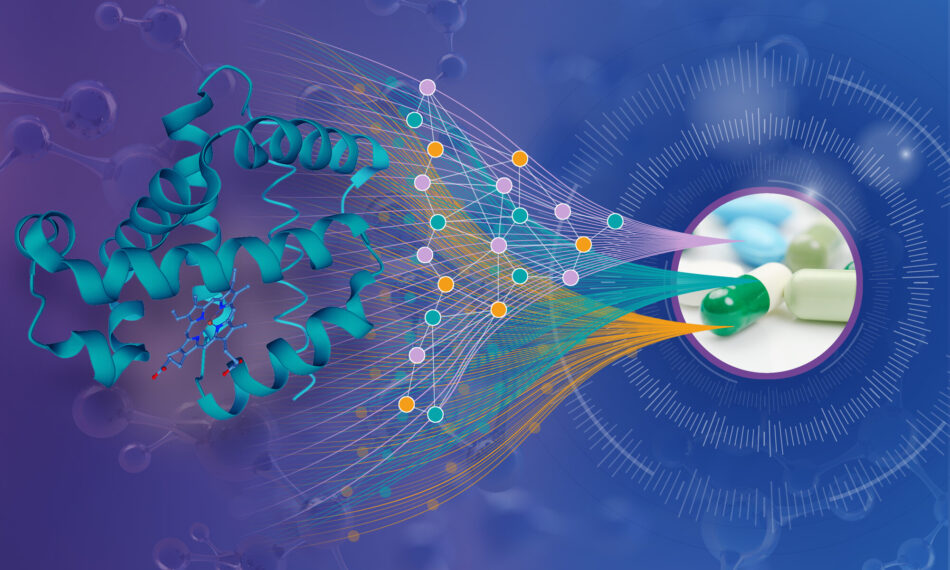
In light of the importance and broad relevance of proteins, we have put together a collection of 10 Science in School articles to demonstrate how scientists study and use these versatile macromolecules and explore the key role proteins play in living systems and everyday life.
1. Inspire – Introducing students to the beauty of biomolecules
Target age: 11–14, 14–16, 16–19
The PDB Art project bridges the gap between science and art, making the complex world of biomolecules accessible to young people by inviting them to make an artwork of their chosen protein. The project offers a range of activities and resources to guide students through the learning and creative process. The final artworks are then showcased in an annual virtual exhibition. More detailed information on how to take part can be found in the accompanying Teach article: Bringing the beauty of proteins to the classroom: the PDB Art Project.

© PDBe/EMBL-EBI
2. Understand – From gaming to cutting-edge biology: AI and the protein folding problem
Target age: 16–19
Determining the 3D structures proteins is crucial for understanding many biological processes. Experimental determination of protein structures is laborious and costly, and progress in computationally predicting protein folding has been slow and limited. This article explains why it is particularly challenging to unravel protein 3D structures and reveals how an artificial intelligence (AI) system, inspired by AI’s success in playing games, is revolutionizing research on the protein-folding problem. This system went on to be awarded the Nobel Prize in Chemistry 2024.[3]
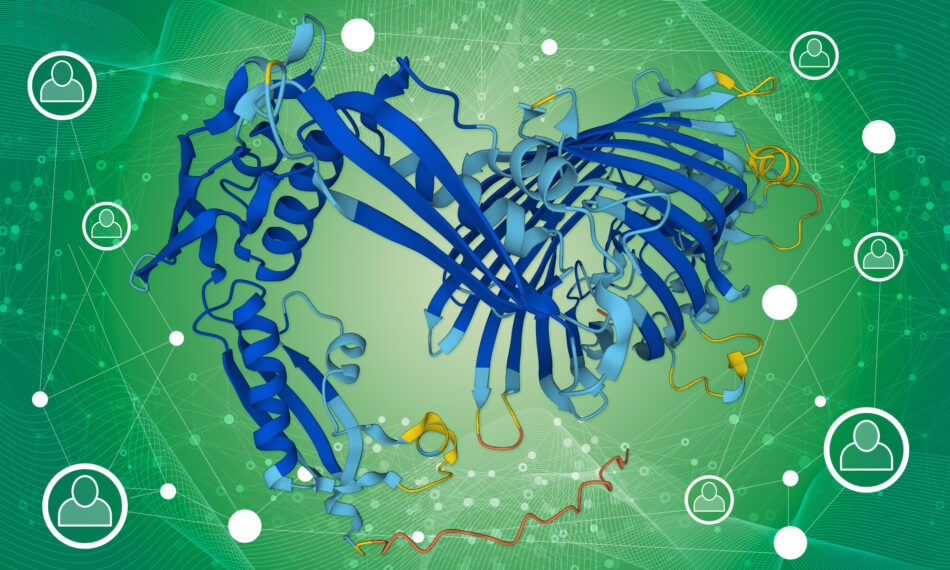
3. Understand – Inspired by camelids: nanobodies are a magnificent molecular velcro
Target age: 11–14, 14–16, 16–19
Antibodies are widely used in research and medicine due to their specific binding, which allows scientists or medications to target particular molecules with great accuracy. Derived from camelid antibodies, nanobodies are much smaller and more stable but show the same specific binding, which offers many advantages. This article explores the useful properties of nanobodies and how they have become versatile tools in molecular biology research, as well as potential therapeutic agents for various diseases.

Image: EneasMx/Wikipedia, CC BY-SA 4.0
4. Understand – Plant solar power: unlocking the secrets of photosynthesis with X-ray free-electron lasers
Target age: 14–16, 16–19
Photosynthesis is a remarkable process whereby plants efficiently convert sunlight into chemical energy. To replicate this natural process for clean energy production, scientists are intensively studying its complex mechanisms, which involve large assemblies of proteins. This article explains how X-ray free-electron lasers are helping to unravel the structures of these plant solar energy systems and even produce ‘molecular movies’ of these complex protein assemblies in action.
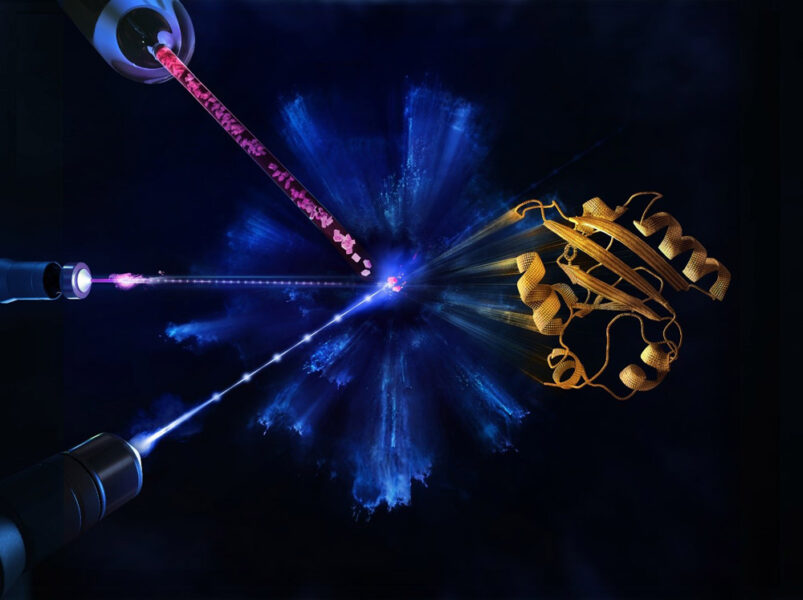
©European XFEL/Blue Clay Studios
5. Understand – How does the body avoid multiple sperm fertilizing an egg?
Target age: 14–16, 16–19
To investigate the underlying mechanisms of infertility caused by mutations, it is crucial to understand the process of egg fertilization. High-resolution X-ray crystallography has been instrumental in identifying key proteins within the egg coat that prevent multiple sperm cells from penetrating the egg coat, which is generally lethal to the embryo. This article provides further insights into how these proteins ‘zip up’ to form an impenetrable mesh around the egg cell after fertilization, protecting it from further sperm ingress.
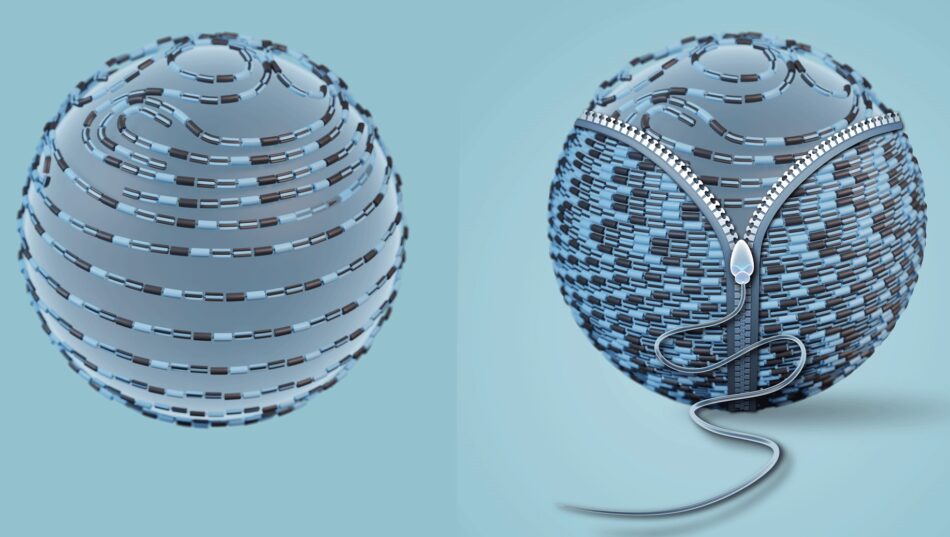
© Marcel Bokhove
6. Teach – Extract value from wool waste: keratin and the circular economy
Target age: 14–16, 16–19
Wool is a byproduct of animal husbandry for meat production; it is categorized as processing waste, so it has to be disposed of in expensive ways. Research is ongoing into innovative ways to reuse wool and its constituent components. These experiments allow students to investigate the biochemistry of wool and its constituent protein, keratin. In addition, they can explore its potential applications in cosmetics while learning about the principles of waste reduction and the circular economy.

Image: Flickr, Public Domain
7. Teach – Explore enzymes and the science of lactose intolerance using lactase tablets
Target age: 14–16, 16–19
Digestive enzymes are essential biomolecules for the breakdown of various nutritional sugars, fats, and proteins. Individuals with lactose intolerance lack (or produce insufficient amounts of) the enzyme lactase, which is responsible for the degradation of lactose, the sugar found in milk products. To prevent uncomfortable side effects, they can take lactase tablets when consuming lactose-containing foods. These activities take advantage of lactase tablets to provide insights into the biochemistry of sugars and the properties of enzymes.
8. Teach – Which laundry enzymes work best?
Target age: 14–16, 16–19
Detergents contain a mixture of substances, including surfactants, optical brighteners, perfumes, and enzymes. But how does one laundry detergent differ from another? And what’s the advantage of using enzymes? With some simple experiments, students learn about different laundry enzymes and their properties. They can make their own laundry detergents by adding different enzymes to surfactant-based detergents, and then evaluate the effectiveness of their detergents against different stains.

Bowonpat Sakaew/Shutterstock
9. Teach – Investigating the action of urease
Target age: 14–16, 16–19
Enzymes catalyze and control most biochemical reactions in our body, but their activity is not always easy to visualize. This activity presents a practical and cheap method to investigate the action of enzymes by using urease from soya beans (Glycine max) to catalyze the hydrolysis of urea to carbon dioxide and ammonia. The ammonia, dissolved in water, raises the pH of the solution, so the enzyme’s activity can be observed by using red cabbage as a pH indicator.
10. Teach – Fun with phages: how do heat and pH affect bacteriophage viability?
Target age: 16–19
Bacteriophages (phages) look like alien spaceships but they are actually viruses that infect bacteria. These intriguing organisms are composed of various protein components, making them an ideal model for exploring the principles of protein biology and microbiology. In this series of experiments, students can observe how phages respond to different temperature and pH conditions by studying their ability to infect bacteria. Additionally, they can learn about potential applications of phages in medicine.

Image: Victor Padilla-Sanchez/Wikipedia, CC BY-SA 4.0
References
[1] O’Connell A et al. (2024) Biocatalysis: landmark discoveries and applications in chemical synthesis. Chemical Society Reviews 53: 2828–2850. doi: 10.1039/D3CS00689A
[2] Radley E et al. (2023) Engineering Enzymes for Environmental Sustainability. Angewandte Chemie 62.
[3] An article by The Nobel Prize Organization explains the importance of AI-based tools in predicting protein structure: https://www.nobelprize.org/prizes/chemistry/2024/popular-information/






